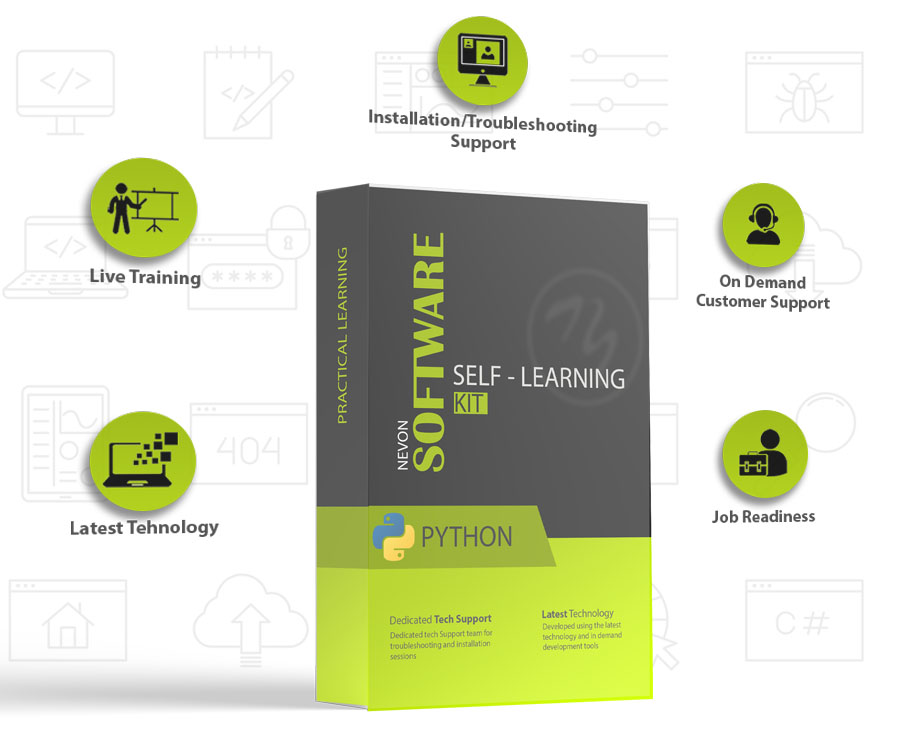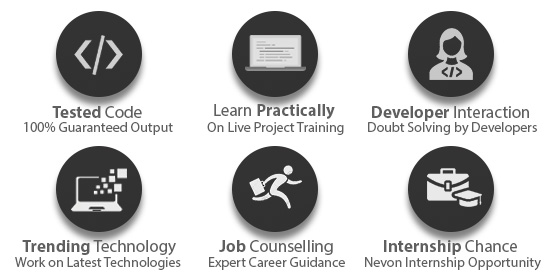Download Project Document/Synopsis
The liver is the cleaning and detoxification mechanism of our body. If there is any problem with our livers, our bodies cannot properly dispose of their wastes. This can lead to several other problems. Liver diseases are responsible for around 2% of the world’s deaths. The detection of liver cirrhosis in its early stages is very important to prevent any adverse effects in the future. Early diagnosis of these diseases helps in preventing deaths.
We have developed a Liver Cirrhosis Prediction System using Random Forest to help medical professionals detect liver diseases in their early stages and help reduce the rates of liver disease. Using this system, the medical professional will need to input various liver functioning data to know whether the person suffers from liver cirrhosis or not based on the random forest algorithm used for prediction.
The system comprises 2 major modules: User and Admin.
The user would need to register first to access the system. They can log in using their credentials. The system will ask the user to enter the required inputs. If it predicts liver cirrhosis, it will further detect the stage and redirect the user to a page where they can view the nearby hospitals and view liver cirrhosis details as per the stage detected along with its causes, symptoms and treatment.
The admin has the access to view the user details and test results.
The algorithm used in this system is Random Forest. Random forests are ensemble classifiers that randomly learn multiple decision trees. The random forest method consists of a training step that constructs several decision trees, and a test step that classifies or predicts an outcome variable based on an input vector.
The technologies used to develop this system involve HTML, CSS and JavaScript in the front end and Python in the back end. The database used is MySQL and the framework used is Django. The dataset is used from Kaggle.
Advantages
- The system can help to efficiently predict the risk of liver cirrhosis.
- The user would be able to find hospitals specializing in liver diseases nearby their location.
- The system can help to reduce the rates of liver diseases.
- The system is easy-to-use and efficient.



